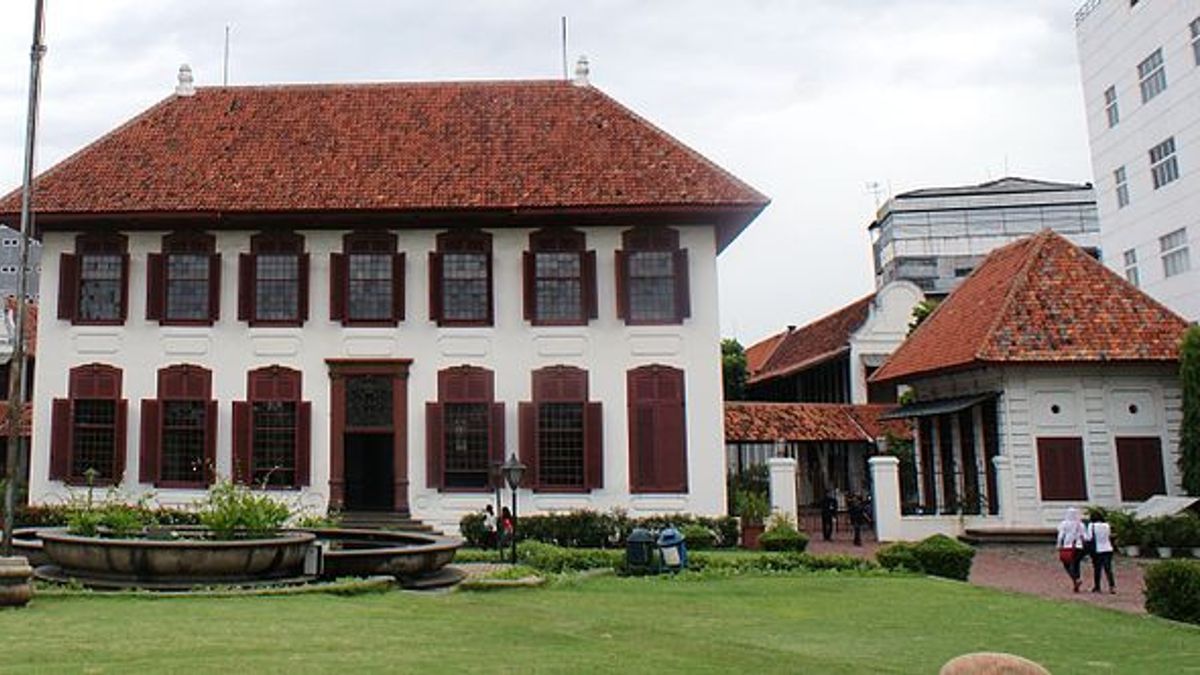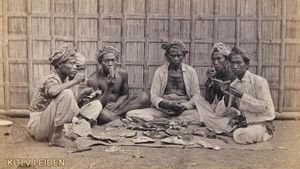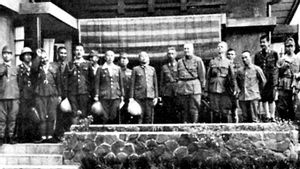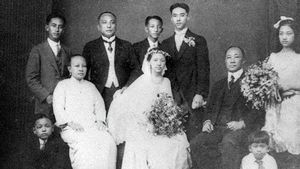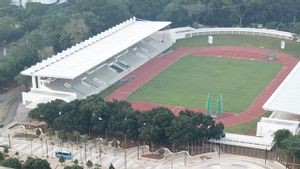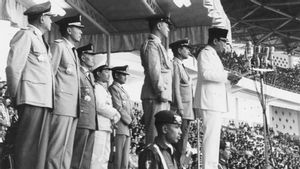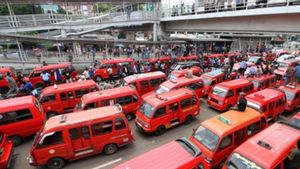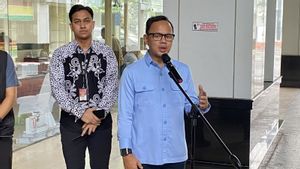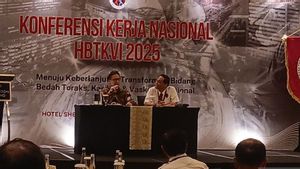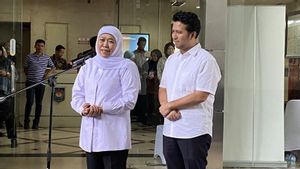JAKARTA – Today's History, 29 years ago, on March 29, 1993, the National Archives Building was designated as a cultural heritage building. The decision is made by the DKI Jakarta government because it is more than 100 years old. The building is a witness to the history of Jakarta's development from the Dutch colonial period.
Formerly the Archives Building was a luxury resort villa owned by the Governor-General of the Netherlands. After that, the building had changed owners many times, before finally becoming the headquarters of the Indonesian National Archives.
The life of Dutch settlers in Batavia was full of dynamics. The habit of living frugally and not wanting to show off in the Netherlands was actually abandoned. In Batavia, they live like a king. Luxury and extravagance are their teachings.
In fact, this behavior is a direct example of their governor-general's lifestyle. The income of the governor-general, which is greater than the dignitaries in the Netherlands, is the estuary. The reality that makes them like to show off and feudal. They show off everything. From parties to homes. A governor general is reluctant to live in a small house. Governor-General of the VOC, Reinier de Klerk (1777-1780), for example.

Reinier de Klerk has a luxury vacation villa. Vila Molenvliet, its name. Reinier de Klerk built the villa during his tenure as a member of the Council of the Indies in 1760. The choice of the location for the construction of the house at that time was considered very ideal. Reiner de Klerk is well aware that the Molenvliet area (now: the area that crosses Jalan Gajah Mada and Hayam Wuruk) was known as an elite residential area in Batavia in the 18th century.
"The main house building is a closed style or closed dutch style. Called closed because it does not have an open front or back porch as is usually the case in the tropics. Nevertheless, the house is adapted to the tropical climate, with high ceilings and marble or tiled floors. Even though it was built as a vacation home outside the city, this two-story building looks like a townhouse belonging to a rich man.”
“The flat faade with seven large windows on the second floor and three windows on each side of the entrance emphasizes the symmetry of the whole building. There's not much decoration. The four sides of the large roof protrude outward. A rather firm impression was strengthened by the restoration after this house was used as an orphanage,” tells the story of an important figure in the writing of the history of Jakarta, Adolf Heuken SJ in the book Historic Places in Jakarta (2007).
Switching Functions
Reinier De Klerk also took full advantage of his luxurious home. He not only made Vila Molenvliet a residence, but also an office. Many people who wanted to deal with him came directly to Vila Molenvliet.
De Klerk's life is not alone. At Vila Molenvliet, he was accompanied by 200 slaves who pampered him. Also, 16 of them are slaves who are able to play music to entertain their guests.
Even after Reiner de Klerk died, the luxurious feel of Vila Molenvliet was maintained. The villa had changed hands many times. It had also changed its function from a residential house to an orphanage in 1900. It was only after Indonesia's independence that the function of the building changed to the National Archives Building.

In order to maintain its existence, the DKI Jakarta government for the first time designated the building as a protected cultural heritage building on March 29, 1993. Then, the stipulation was issued again on June 16, 1998.
"Since November 1998, this cultural heritage building has been managed by the National Archives Building Foundation with its first Executive Director Tamalia Alisyahbana," concluded Thomas B. Ataladjar in his book Toko Merah (2003).
That's today's historical record about the background of the National Archives Building, one of the icons of beautiful buildings in Jakarta.
SEE ALSO:
The English, Chinese, Japanese, Arabic, and French versions are automatically generated by the AI. So there may still be inaccuracies in translating, please always see Indonesian as our main language. (system supported by DigitalSiber.id)
